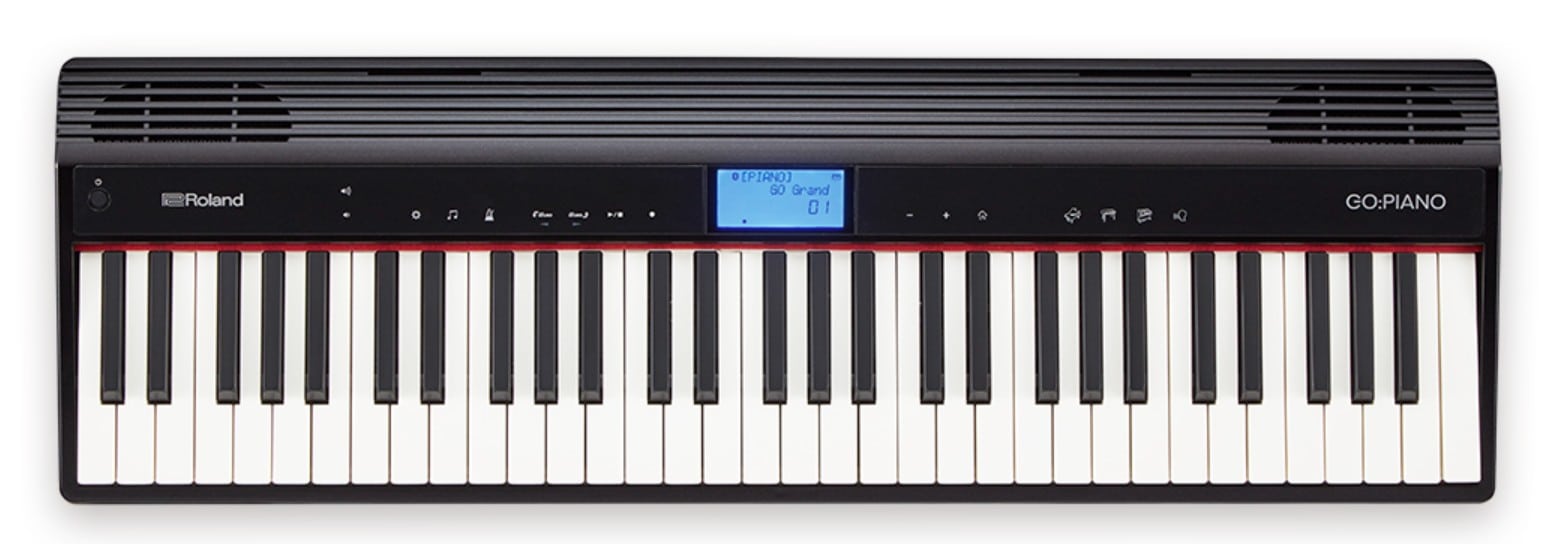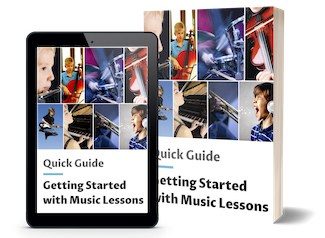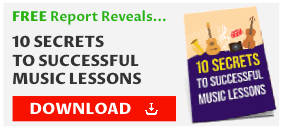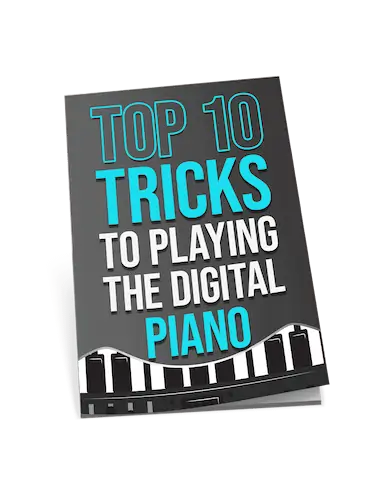Does the perfect blend of technology and music at your fingertips exist to elevate your piano journey? The Go Piano Roland might be the magic touch you’ve been looking for.
With premium sounds and innovative features like built-in Bluetooth and Alexa, this instrument promises an enriching experience.
Keep reading to uncover its unique features and why it’s the favorite of many music enthusiasts.
Model Comparisons
When comparing different models of the Roland GO, it’s essential to consider the features available for both beginners and more advanced musicians. The 61-key and 88-key versions cater to different needs, providing versatility and choice.
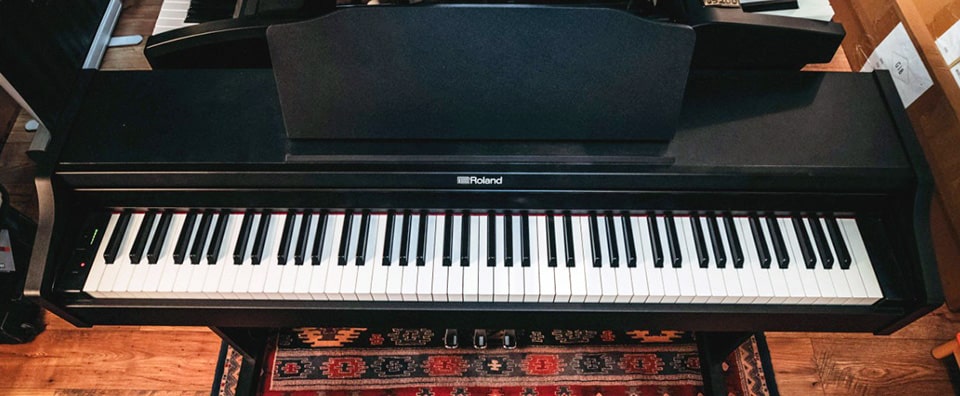
Go Piano 61-Key Version
The 61-key version is a compact option for those who need portability without sacrificing sound quality. It offers 40 distinct sounds, allowing for a decent range that covers the essentials. This makes it a practical choice for beginners exploring their musical tastes.
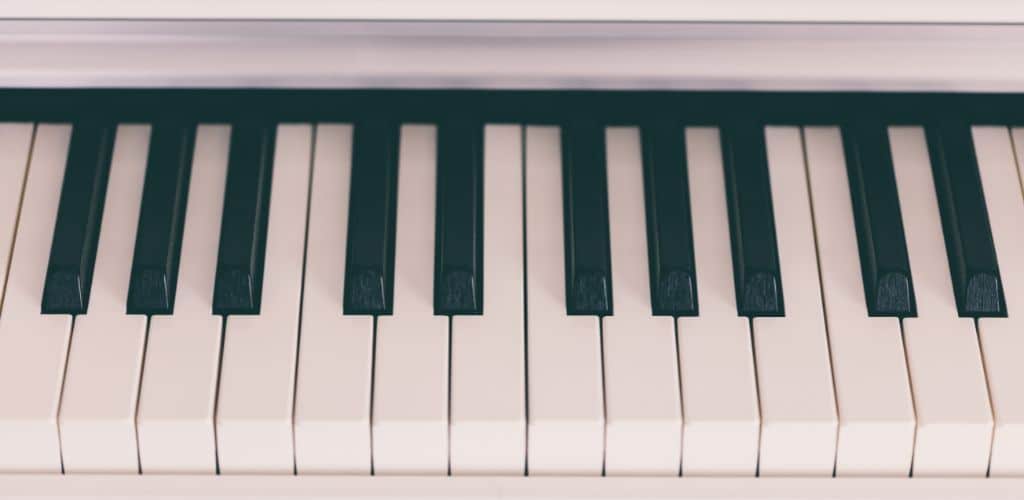
The lightweight nature is a blessing for those who love to practice on the go. Whether at home or on a small stage, this model fits perfectly into small spaces. Plus, the user interface is straightforward, offering an enhanced experience without overwhelming options.
Go Piano 88-Key Version
The 88-key version stands out for a more authentic piano experience. It mimics the full range of a traditional piano, providing an opportunity for more serious practice.
This is ideal for me when I want to develop my piano skills further.
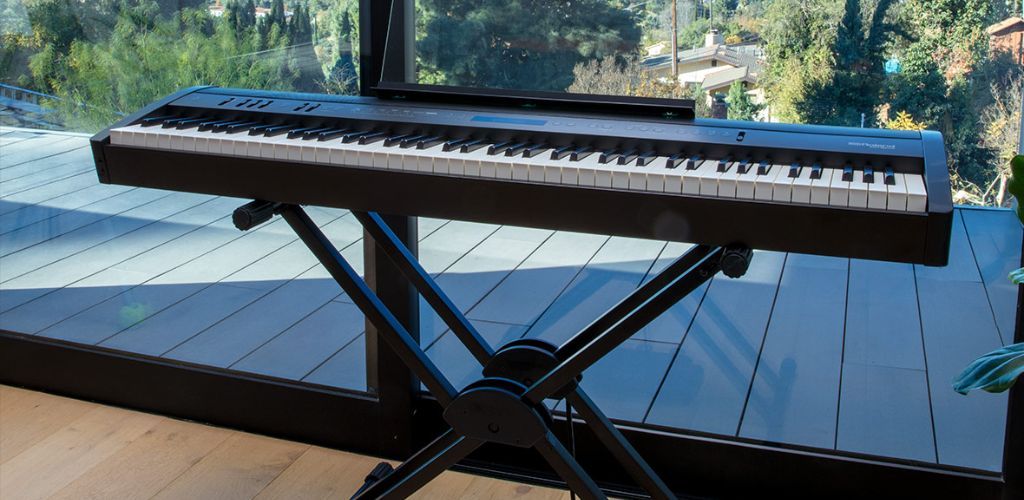
Despite the additional keys, it’s designed to remain relatively portable. While slightly heavier than its smaller counterpart, it still manages to be manageable in various settings. The sound quality is rich, and the additional keys give it a fuller presence, which is especially valuable for more complex pieces.
Roland FP-30X Digital Piano

FEATURES: Standard keyboard with 88 keys and an ivory feel
OTHER INFO: With SuperNATURAL piano sound engine with 256-note polyphony
- Provides Bluetooth connectivity for wireless audio streaming and MIDI connection
- Offers a realistic touch and tone that closely resembles an acoustic piano
- Compact and lightweight design, making it easy to transport and set up in different locations
- None!
When you click ‘Check Price’, you’ll see there are loads of great places to buy this item. Our personal favorite is Sweetwater for the US, and Thomann and Gear4Music for the UK & Europe.
They are the largest music retailers, with excellent customer service, competitive prices, really fast shipping, and the longest guarantees.
The professional musician who wrote this article combined many things,
from the product build, manufacturer’s reputation through to feedback
from other users, to create our famous TedScore™.
Features of Go Piano
The Roland Go Piano series offers a user-friendly experience with its impressive keybed quality, versatile sound engine, excellent connectivity options, and high portability. These features make it an attractive choice for pianists of varying skill levels.
Keybed Quality
The Roland Go Piano’s keybed stands out for its feel and response.
Although it does not feature fully weighted keys, the semi-weighted keys provide enough resistance to simulate an acoustic piano.
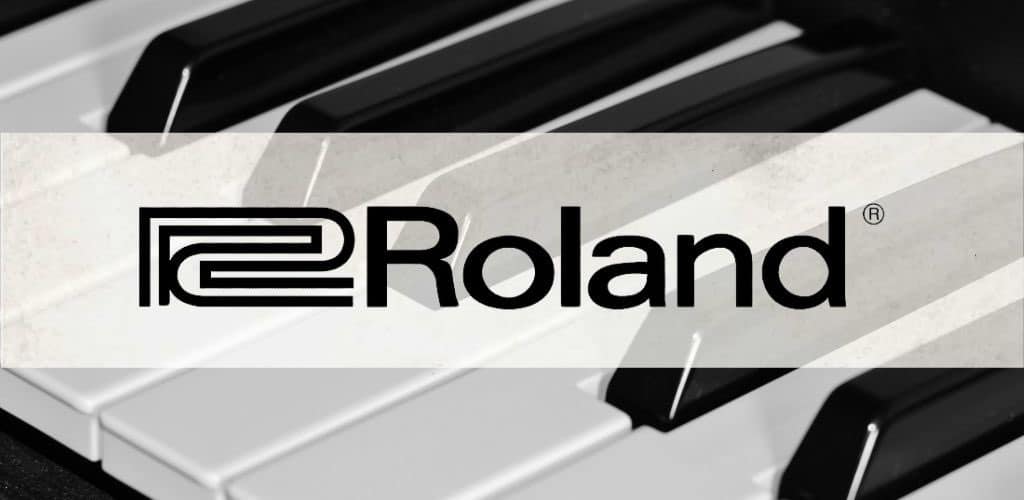
Playing on the Go Piano is enjoyable due to its balance between weight and sensitivity. The keys are well-crafted to aid expressive playing and reinforce natural finger technique.
It’s especially beneficial for beginners and casual players seeking an authentic piano experience without a hefty instrument.
Sound Engine Capabilities
At the heart of the Go Piano is a sound engine derived from the acclaimed JUNO-DS synthesizers. It delivers a limited yet diverse set of high-quality sounds, including classic piano tones and other instrument sounds.
The original 61-key model includes 40 sounds, offering something for a variety of music styles. Although the 88-key variant offers fewer total sounds, the richness and quality of each are undeniable.
I appreciate how this variety allows for exploration and creativity in music-making, providing both essential and supplementary tones.
Roland Aira Compact J-6 Chord Synths
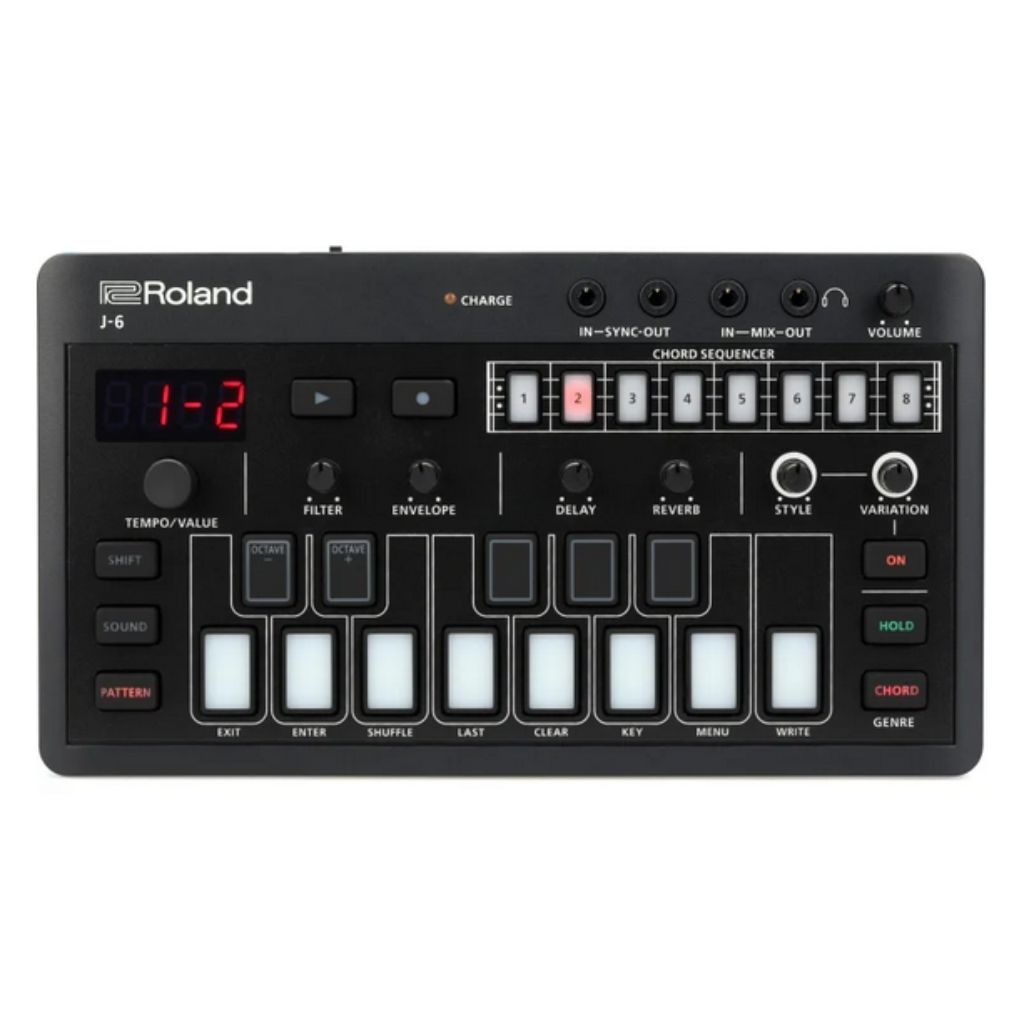
FEATURES: Create songs and experiment with 100 genre-based chord sets
OTHER INFO: Add arpeggios and rhythmic phrases to chords with its built-in arpeggiator - 9 styles/12 variations
- Four-voice Juno-60 synth engine complete with iconic sounds
- 64 ready-to-use synth presets from the original Juno-60
- May offer less sound design flexibility
When you click ‘Check Price’, you’ll see there are loads of great places to buy this item. Our personal favorite is Sweetwater for the US, and Thomann and Gear4Music for the UK & Europe.
They are the largest music retailers, with excellent customer service, competitive prices, really fast shipping, and the longest guarantees.
The professional musician who wrote this article combined many things,
from the product build, manufacturer’s reputation through to feedback
from other users, to create our famous TedScore™.
Connectivity Options
Bluetooth connectivity is a standout feature, enabling seamless integration with smartphones. This feature opens up a world of online content, such as lessons and tutorials, which enhance learning and enjoyment.
Connecting the Go Piano to other devices is easy and expands its functionality far beyond that of a traditional piano.
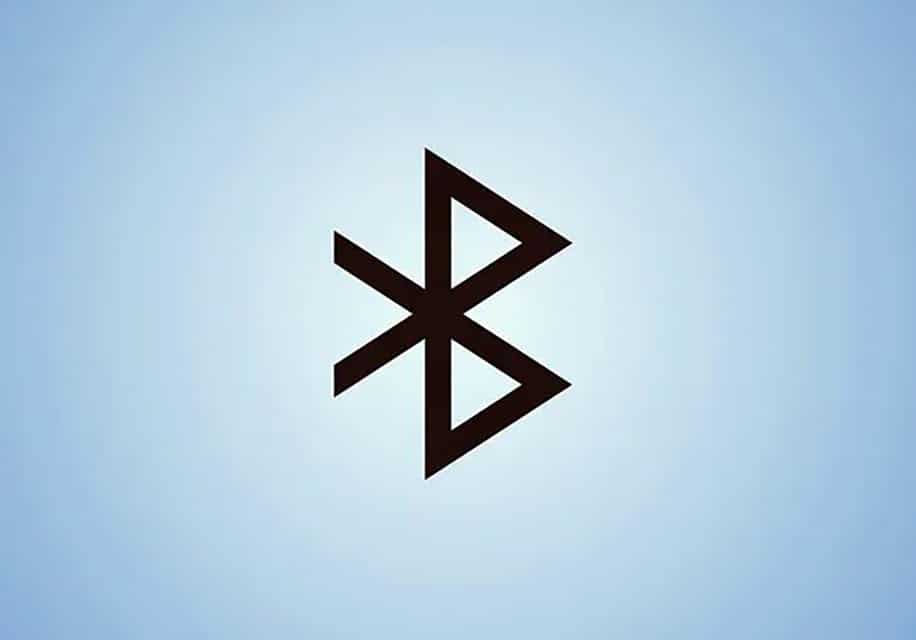
I often use this connectivity to stream music or to accompany lessons, making practice sessions both informative and entertaining.
Portability Benefits
The Go Piano is incredibly portable, weighing only 8.5 pounds. This lightness makes it ideal for musicians on the go or for those with limited space.
It is easy to transport and set up, whether at home or outdoors. Its compact size does not compromise its performance, making it a practical and convenient choice for performing or practicing anywhere.
The portability, paired with a superb user experience, truly sets it apart.
Setting Up Your Go Piano
Setting up your Go Piano is the first step to experiencing its delightful musical capabilities. With clear assembly instructions and a straightforward initial configuration process, you’ll be playing tunes in no time.
Assembly Instructions
First things first, let’s prepare your Go Piano physically. Find a stable, flat surface to set it up on.
Most importantly, ensure the piano is near an electrical outlet for convenient power access. I always like to use a dedicated stand made for digital pianos, as it provides the necessary support and stability.
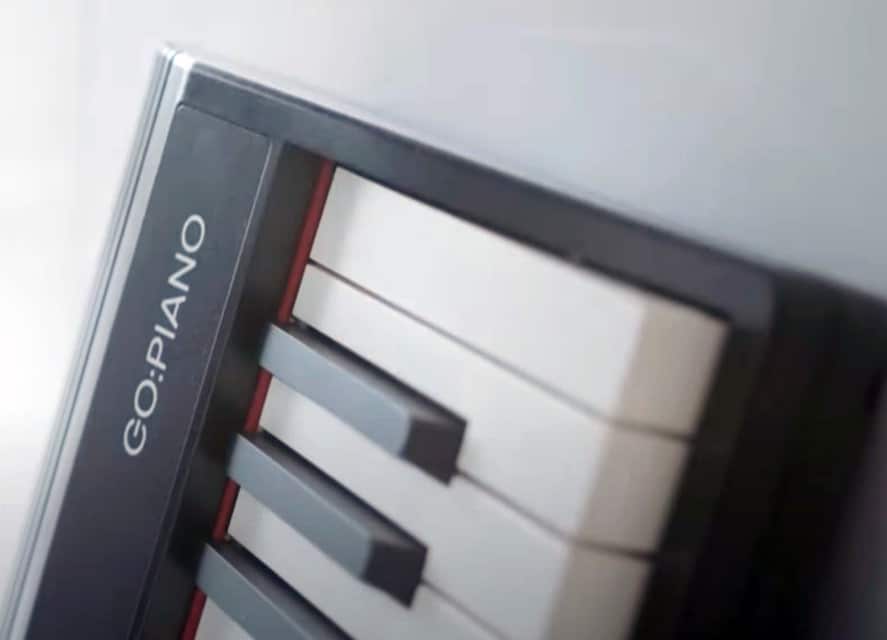
Take the power adapter out of the packaging. Securely attach it to the DC IN jack at the rear of the Go Piano, then plug it into a power source.
My next step is to insert the music rest, usually included, into the designated slots on the top. This keeps your sheet music perfectly positioned.
Do a quick check of all connections—especially if you’re going to connect it to a computer or use Bluetooth. Once everything’s in place, press the power button to ensure it’s ready to go.
If everything’s set up correctly, you’ll see the panel light up, signaling it’s powered on.
Initial Configuration
With the Go Piano all set up, let’s dive into the initial configuration.
First, adjust the volume by moving the volume slider to a comfortable level. Let’s start low and gradually increase to avoid any shocking sounds.
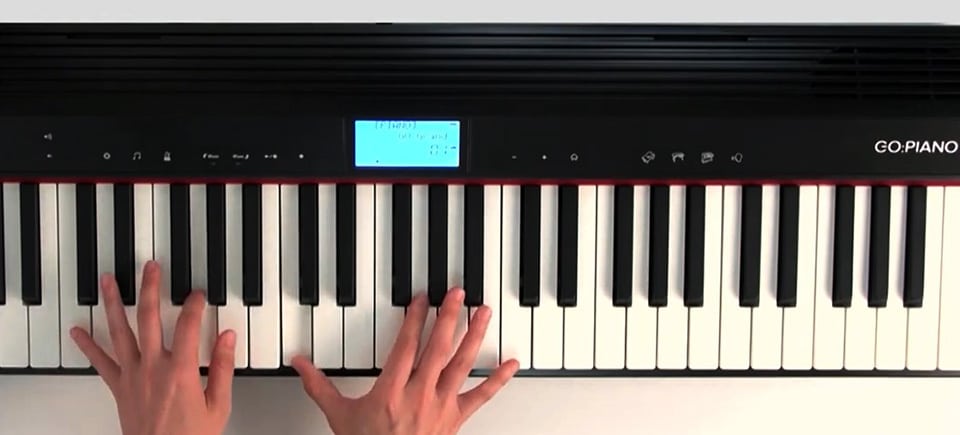
Next, explore the various voices and tones available. Using the function buttons, navigate through piano, organ, or any instrument sounds of your choice. To enhance your playing, I often recommend adjusting the reverb setting, which can give your performance a richer sound.
If you plan to use Bluetooth, enable it in the settings and pair it with your device. This will allow you to quickly access virtual sheet music or online tutorials.
Lastly, test any additional features like the metronome or recording options. These settings improve practice sessions and keep track of your progress.
Learning Resources
Learning to play the piano with Roland’s GO is an enriching experience. Many convenient resources are available, providing a seamless and enjoyable journey toward mastering the keys.
Compatible Apps and Software
Piano learning doesn’t end with GO’s built-in features.
Roland offers the “Piano Every Day” app, enhancing your knowledge by providing tools suited for all skill levels. It’s easily accessible on both iOS and Android platforms.
This app is compatible with Roland’s LX700 and HP700 series, enriching practice with interactive experiences. From tracking your progress to offering daily challenges, the app keeps learners inspired.
By integrating this technology, I can personalize my learning journey, making it both practical and enjoyable.
Performance Tips for Go Piano Users
Enhancing your skills with the Go Piano involves focusing on sound output and incorporating effective practice techniques. Through optimizing sound settings and refining practice routines, you can fully experience what this instrument offers and achieve better performance results.
Optimizing Sound Output
Getting the best sound from your Go Piano can genuinely elevate your playing experience.
First, position the piano in a room where sounds can resonate without obstruction. Avoid placing it too close to walls.
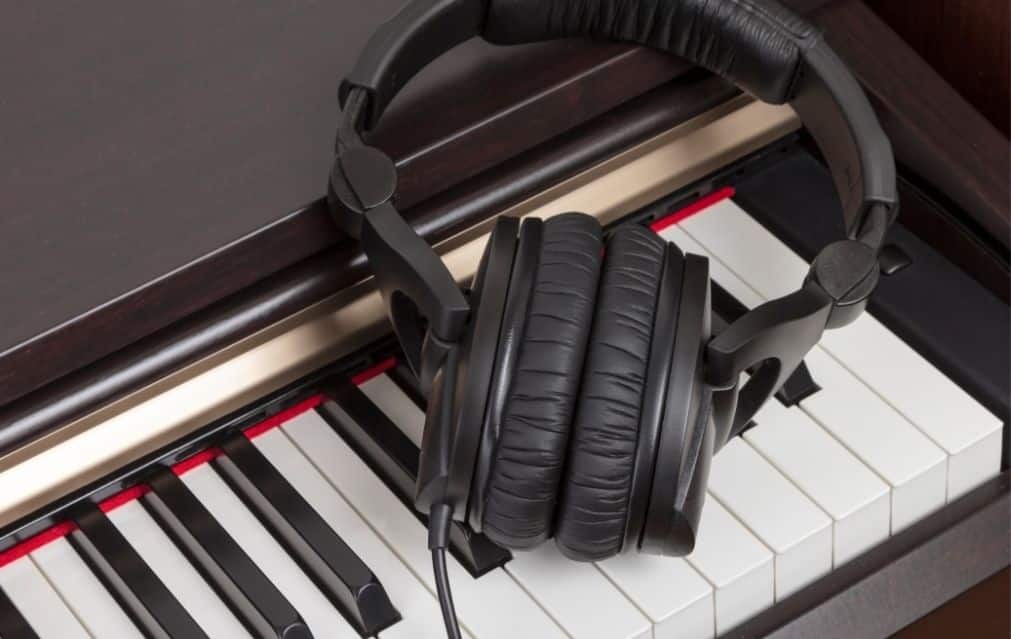
Adjust tone settings to suit the style of music you are playing. The Go Piano has various pre-programmed tones.
Additionally, experimenting with external amplification can enhance your sound experience if the built-in speakers don’t suffice. Quality headphones are also an excellent choice for practice sessions, allowing you to hear subtleties in tones without distraction.
Effective Practice Techniques
Practicing efficiently is key to making progress with the Go Piano. Start by setting clear practice goals for each session. This could be perfecting a piece or mastering a new chord.
Use a metronome to develop a steady rhythm and increase your timing accuracy. Breaking down complex pieces into smaller sections makes learning more manageable.
Use the recording feature to play back what you’ve practiced; this helps evaluate progress and pinpoint areas needing improvement.
Moreover, exploring different genres can diversify your skills and keep practice exciting. Mix technical exercises with fun improvisation to maintain motivation and enjoyment.
Accessories and Maintenance
When it comes to enhancing the Roland Go experience, choosing the right accessories can make a world of difference. Equally important is maintaining the piano to ensure longevity and optimal performance. Let’s dive into some of the key recommendations and tips.
Recommended Accessories
I highly recommend starting with a sustain pedal. It’s an essential accessory for anyone looking to add expression to their playing. A quality sustain pedal can elevate your performance by providing dynamic control over the length of your notes.
Another helpful accessory is a keyboard stand. Look for a sturdy, adjustable stand that can support the piano securely. It ensures you maintain a comfortable and ergonomic playing position, reducing strain during long practice sessions.
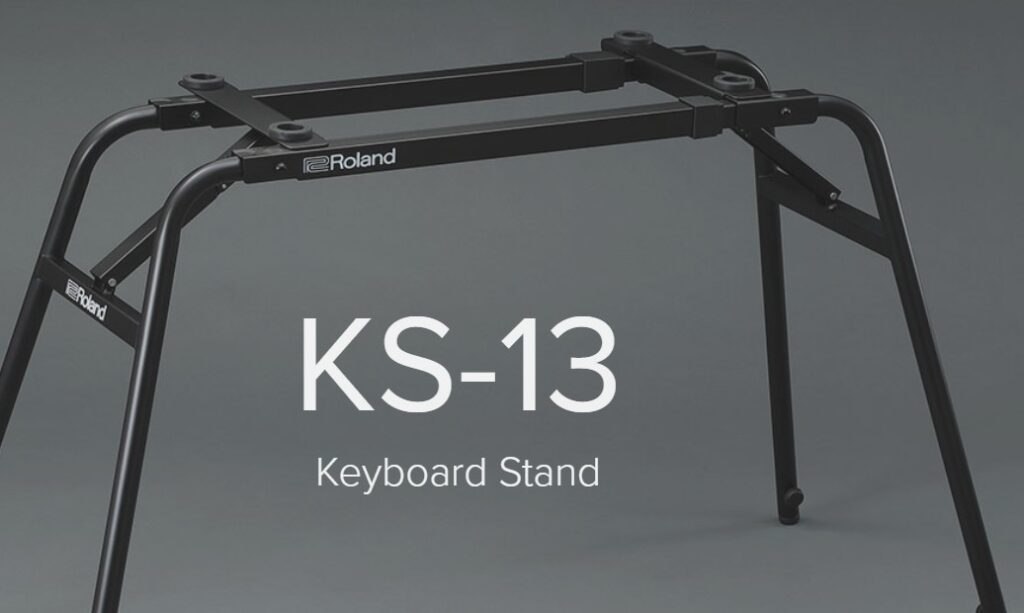
Consider adding a pair of high-quality headphones. They allow for private practice without disturbing others and provide precise audio fidelity. This is particularly useful if you live with others or practice at odd hours.
Lastly, investing in a keyboard bench can enhance your comfort while playing. An adjustable height bench is ideal, allowing you to find the perfect playing angle. This kind of setup can greatly improve your overall playing experience.
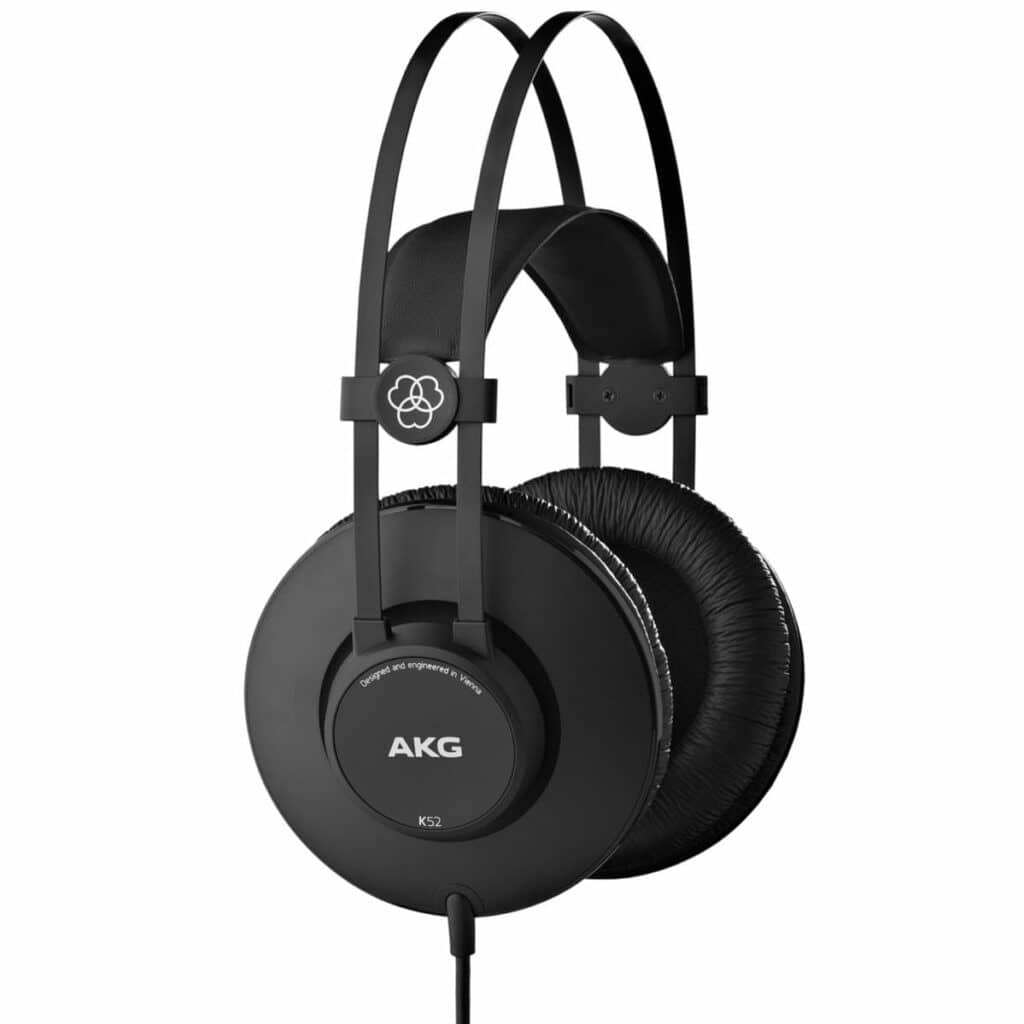
AKG K72 Closed-Back Headphones

DESIGNED FOR: studio work and general listening on a daily basis
FEATURES: Professional 40mm drivers with a 16Hz - 20kHz frequency response reveal every nuance
OTHER INFO: Mix with confidence thanks to a neutral sound signature and accurate sound reproduction
AKG K72 Closed-Back Headphones
- Excellent isolation with a closed-back design and large circumaural ear cups
- Offers a serious performance and outstanding comfort
- Immersive isolation with minimised bleed
- Bulky headphones
When you click ‘Check Price’, you’ll see there are loads of great places to buy this item. Our personal favorite is Sweetwater for the US, and Thomann and Gear4Music for the UK & Europe.
They are the largest music retailers, with excellent customer service, competitive prices, really fast shipping, and the longest guarantees.
The professional musician who wrote this article combined many things,
from the product build, manufacturer’s reputation through to feedback
from other users, to create our famous TedScore™.
Cleaning and Care
Proper cleaning and care keep my Go in top shape. I use a soft, dry cloth to wipe down the keys and body of the piano regularly, removing dust and fingerprints. It’s important to avoid using any harsh chemicals or abrasives that might damage the finish.
Occasionally, I clean the keys with a slightly damp cloth, ensuring that no moisture seeps between them. This simple routine can greatly reduce the buildup of grime over time.
It’s also wise to keep the piano in a stable environment, away from extreme temperatures and humidity, which can affect its performance. When not in use, cover the piano with a dust cover to prevent dust accumulation.
Routine checks of the power adapter and connections help avoid any unforeseen operational issues. With these care practices in place, my Roland Go continues to deliver exceptional sound and performance.
History of Go Piano Series
The Roland GO series has carved a niche as a versatile and accessible digital piano. This exploration covers its initial release and how it has evolved and shines a light on the Roland brand.
Initial Release
I remember when the GO series was first unveiled to the public.
Roland, known for a legacy of innovative musical instruments, introduced this line to provide a blend of portability and quality sound. The goal was to make digital pianos accessible to beginners and enthusiasts alike.
What set it apart was its compact design coupled with features found in more advanced models. The inclusion of 61-key and 88-key options appealed to various users, emphasizing flexibility and ease of use.
Evolution Over Time
As time progressed, the GO series adapted to meet the changing demands of aspiring musicians.
I noticed the introduction of new models focusing on enhancing learning experiences. Innovations such as Bluetooth connectivity allowed users to link their devices seamlessly, providing a more interactive learning environment.
Roland continually updated sound samples to ensure a rich, authentic piano experience. Beginner-friendly features, like built-in learning tutorials and controls, remained popular. Their integration of technology kept the series relevant and engaging.
Roland Brand Overview
Roland’s commitment to excellence shines through in the GO series. Since its founding, Roland has been a leader in the digital musical instrument market. Their focus has always been on merging tradition with cutting-edge technology.

Understanding their ethos helps me appreciate how they crafted the GO as part of a larger vision. The brand’s dedication to quality and innovation is evident in its design, sound quality, and user interface. They continue to be recognized for delivering dependable, inspiring musical tools.
Go Piano Roland
Final Verdict
Reflecting on my experience with the Roland GO Piano, I can confidently say it’s an ideal solution for musicians who value portability. Its compact design makes it perfect for travel without compromising on the basics needed for a good playing experience.
Although the keys are unweighted, the keyboard’s features are impressive. The Bluetooth connectivity adds a modern twist, allowing me to easily integrate it into various digital setups.
Comparatively, the Roland FP-10 might be worth considering for those looking for a step up. While it has a higher price point, its sound quality and keyboard feel can be more appealing for experienced players.
The GO Piano is a fantastic entry-level choice, especially for beginners. Learning is not just about learning; it’s also about staying excited and motivated on the musical journey.
Whether you’re a traveling musician or a beginner at home, the Roland GO Piano efficiently meets various needs. Despite some limitations, it stands out as a versatile option.
FAQ's
Yes, the Roland Go series is worth it for musicians seeking portable, high-quality instruments with versatile features and excellent sound quality, making them ideal for practice and performance.
No, the Roland Go Piano does not have weighted keys; it features unweighted keys designed for portability and ease of play.
The main difference between the Roland Go Keys and the Go Piano is that the Go Keys is designed primarily for music creation and features a variety of loop and phrase functions, while the Go Piano focuses on traditional piano playing with a more authentic piano sound and feel.
Yes, the Roland Go Piano is battery powered, allowing for portable use and convenience when playing on the go.


